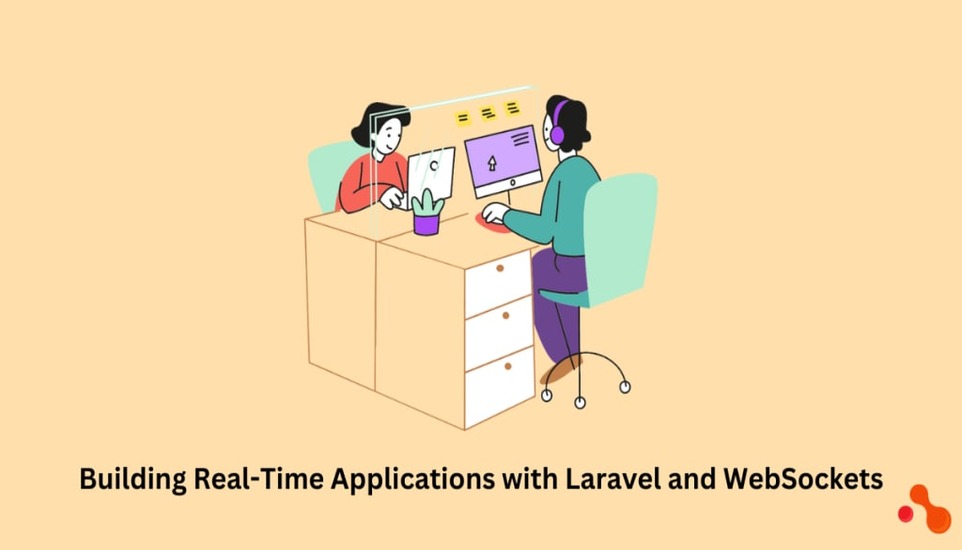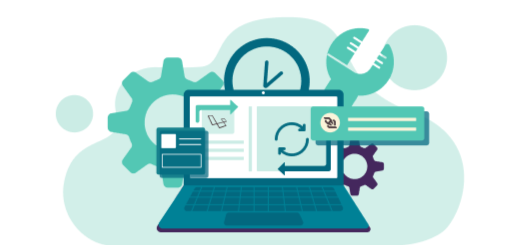 Loading Please Wait...
Loading Please Wait... Loading Please Wait...
Loading Please Wait...
Real-time applications are crucial in today’s digital age, offering immediate interactions and updates. Laravel and WebSockets are ideal for developing these applications, providing a full-duplex, bidirectional communication channel over a single, persistent connection. To configure Laravel for WebSockets, follow these steps: install Laravel and its WebSocket module, customize the server’s configuration, and create WebSocket controllers and event observers. Implementing real-time functions like live conversation and live notifications is essential. Scalability is essential, and best practices must be implemented. Laravel and WebSockets are a powerful combination, with real-world examples and success stories showcasing their capabilities. Experts recommend Laravel and WebSockets due to their adaptability and developer-friendly characteristics. Contact a team specializing in real-time application development to discuss your needs and start your journey.
Real-time applications are the beating heart of modern enterprises in today’s fast-paced digital environment. Whether it’s instant messaging, live notifications, collaborative tools, or live updates, industries require real-time functionality. For large and medium-sized businesses as well as new ventures seeking to harness this potential, selecting the appropriate technology stack is essential. This guide explores the world of real-time application development with Laravel and WebSockets, providing insights, comparisons, and recommendations from industry experts.
Real-time applications are revolutionary in the digital age. They offer consumers immediate interactions and updates, thereby enhancing user experience. These applications are indispensable in numerous fields, from e-commerce platforms requiring real-time inventory updates to social networks requiring immediate messaging.

Laravel is a well-known PHP framework distinguished by its refined syntax and developer-friendly features. Its robust ecosystem consists of a potent Object-Relational Mapping (ORM), in-built authentication, and a flourishing community. Laravel simplifies complicated tasks, making it an ideal framework for developing web applications.
WebSockets provide a full-duplex, bidirectional communication channel over a single, persistent connection. WebSockets allow for seamless, real-time communication between the client and server, unlike traditional HTTP requests, which are stateless and require continual polling for updates. This technology is ideal for applications requiring real-time data transmission and interaction.
Let’s get our hands soiled and investigate how to configure WebSockets with Laravel. Follow these steps to begin your journey with real-time applications:
Installation: Install Laravel and its WebSocket module to get started. For simple integration, prominent packages such as “beyondcode/laravel-websockets” can be used.
Customize the WebSocket server’s configuration, including port configuration, authentication, and broadcasting options.
Creating WebSocket controllers and event observers is required for implementing real-time features. Utilize Laravel’s broadcasting system to transmit information to connected consumers.

Applications that rely on real-time communication necessitate real-time functionality. Here are some examples of common use cases and code fragments to get you started:
As your real-time application expands, scalability becomes an essential factor to consider. Laravel and WebSockets offer scalability options, but best practices must be implemented. Consider implementing traffic balancing, server clustering, and WebSocket connection optimization.
Although Laravel and WebSockets are a powerful combination, it is worthwhile to compare them to other technologies, such as Node.js with Socket.io and Django Channels. Each technology has advantages and disadvantages, and your selection should be based on the specific needs of your undertaking.
Typically, real-world examples inspire confidence in technological decisions. Numerous businesses have implemented Laravel and WebSockets for real-time applications with great success.
Security is of the utmost importance in real-time applications. Protect your users and data by implementing security best practices, such as data validation, encryption, and secure WebSocket connections.

Real-time applications necessitate ongoing maintenance and support to function properly. Maintain currency with the latest Laravel and WebSocket updates, security upgrades, and best practices.
The technological landscape is in constant flux. Keep abreast of emergent real-time application trends and technologies to keep your applications competitive and future-proof.
Experts recommend Laravel and WebSockets due to their adaptability and developer-friendly characteristics. It is a solid option for businesses aiming to provide exceptional real-time experiences.
1. Introduction to Laravel and WebSockets
Don’t fret if you’re unfamiliar with Laravel and WebSockets. Here is a step-by-step guide to getting your real-time project off the ground:
Install both the Laravel and WebSocket packages.
2. Set WebSocket configuration.
Construct your initial real-time feature using Laravel and WebSockets.
In the realm of real-time applications, Laravel and WebSockets are a formidable pair. They provide the necessary tools, performance, and scalability to create exceptional user experiences. Utilize the power of real-time communication to engage your consumers like never before, whether you’re a large corporation or a startup.